The Bourne Stone is a large slab of pink granite that measures about 4 feet long and 2 feet wide and weighs about 300 pounds. That's about all that anyone can agree on. Like many ancient artifacts found in southeastern Massachusetts, its history melds together native American and colonial cultures. There are markings on the granite that some experts believe are important messages. Other experts believe that these are nothing more than scrapes caused by the weather.
Recent interest in Viking and Templar voyages has lead to speculation that it is a runestone and could be part of a larger web of information. It is called the Bourne Stone because it was first seen in the small New England village of Bourne, Massachusetts. The Bourne Historical Society now houses the Bourne Stone at its headquarters within the Jonathan Bourne Historical Center. It is open to the public and anyone can visit to see this ancient artifact.


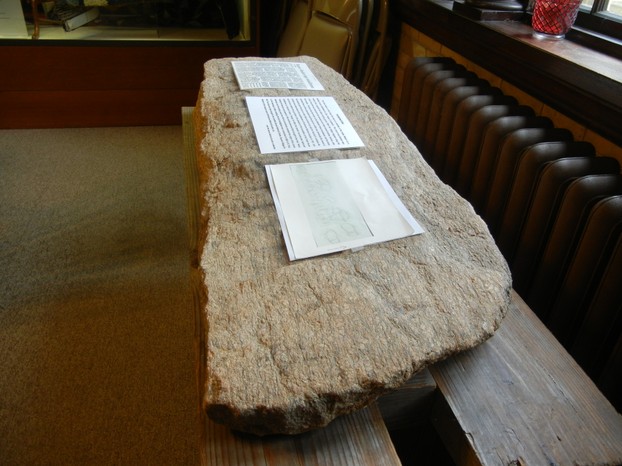
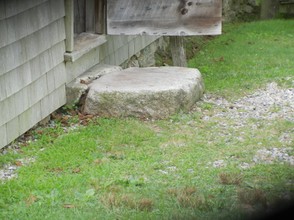
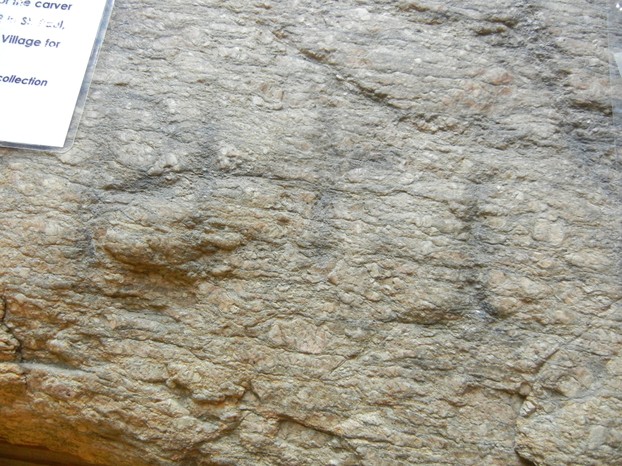
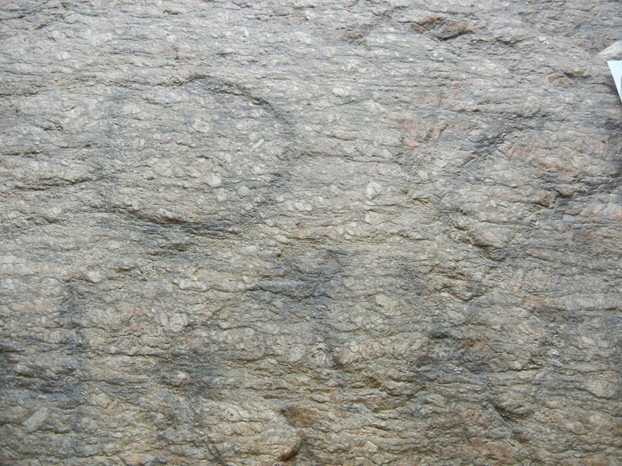
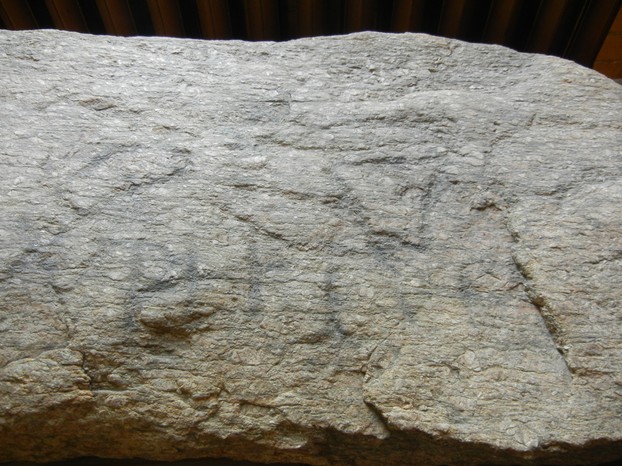

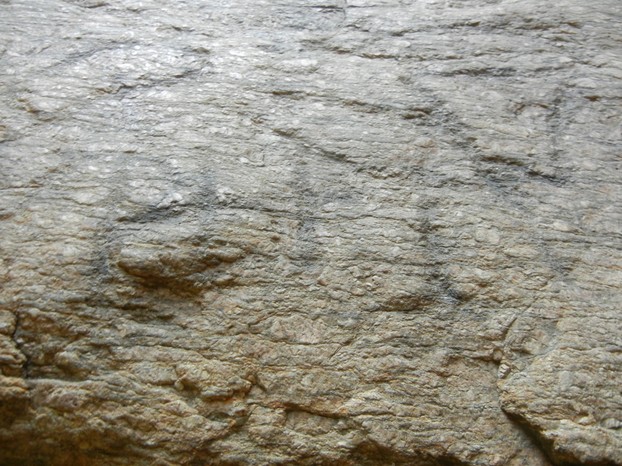
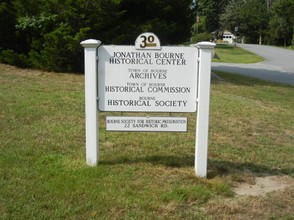
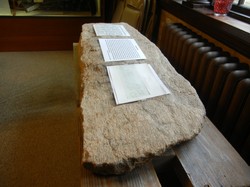

 Ultra Violet Wedding Invitationson 02/16/2018
Ultra Violet Wedding Invitationson 02/16/2018
 You've Just Got to Read This Murder Mystery Book - In a Dark, Dark Woodon 07/16/2015
You've Just Got to Read This Murder Mystery Book - In a Dark, Dark Woodon 07/16/2015
 Is the Middleborough Town Hall Haunted?on 05/02/2015
Is the Middleborough Town Hall Haunted?on 05/02/2015
 Astronomers Create Their Own Stargazing Dark Sky Communitieson 12/03/2014
Astronomers Create Their Own Stargazing Dark Sky Communitieson 12/03/2014

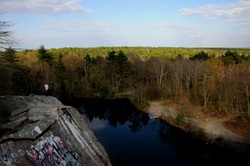
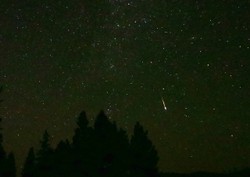
Comments
Fascinating article. I had never heard of the Bourne Stone prior to this article.
An important point is that western Europeans were in contact with America long before Columbus. As you say, the Norse knew of America, and so did the Basques, who were fishing the Grand Banks off Newfoundland for generations. Rumours of a large land in the West were circulating in Europe for years, though Columbus did not realize that it extended as far south as it does. Thus Amerindian cultures would have had contact with Europeans and their cultures for many years before Columbus, and may have become aware of writing. This might have stimulated them to produce glyphs of their own.
Fascinating! Thanks for sharing about the mystery of this stone.